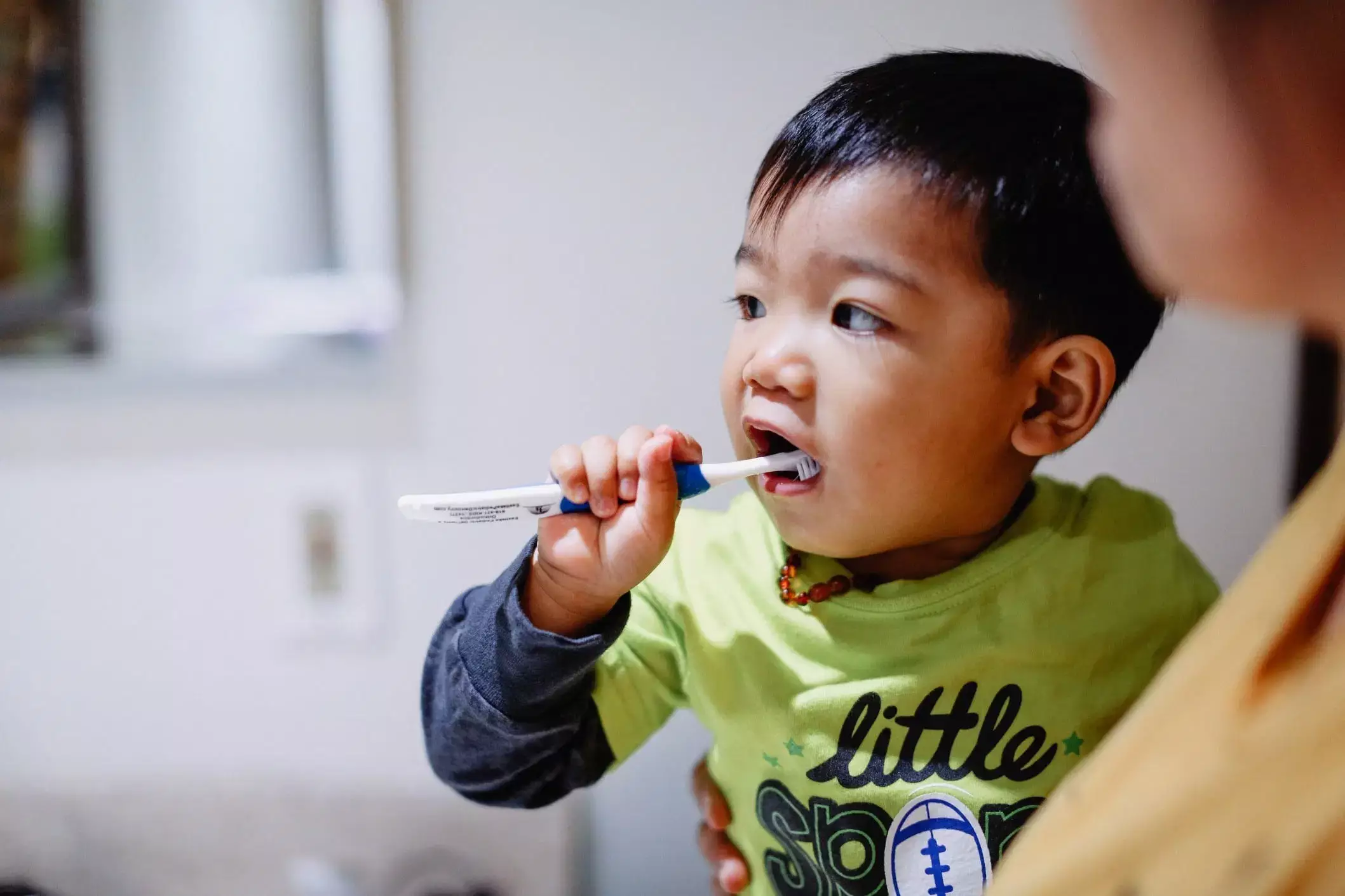As both a dentist and a parent, one of the most delightful yet challenging tasks I’ve encountered is igniting a spark of excitement for dental care within young children. The frequently heard battle cry of “no!” or the dramatic protests encountered when it’s time for brushing can be enough to turn any caregiver’s heart heavy. Yet, I know that establishing healthy dental habits at a young age can not only make the journey easier but also lay the groundwork for a lifetime of healthy smiles.
According to the American Academy of Pediatric Dentistry, it’s recommended that children visit the dentist when their first tooth emerges or by their first birthday. However, the path leading to that first visit can be smoothed by incorporating simple and engaging practices early on. By fostering a positive relationship with dental care, parents can significantly ease toddler anxiety during those inaugural appointments.
Start Early with a Fun Routine
In our household, we embraced dental hygiene from infancy. With a soft cloth or an infant toothbrush, we gently cleaned our babies’ gums. This routine not only helped stave off the growth of bacteria but also introduced the idea of oral hygiene in a non-threatening way. As toddlers, brushing became a familiar and fun activity, and we made sure to use non-fluoridated toothpaste suitable for their age.
The key here is integration into daily life: the earlier brushing becomes a habitual part of their day, ideally twice a day for a couple of minutes each time, the more seamlessly they will transition into the dental chair. Planning brushing routines around mealtime or storytime can make it a cherished daily ritual instead of a chore. For instance, if bedtime is at 8 PM, brushing at 7:15 PM ensures that children are tired but not too exhausted to cooperate, significantly improving the experience for everyone.
Make it Enjoyable and Flavorful
The flavor of toothpaste can play a surprisingly significant role in making oral hygiene appealing. Children tend to shy away from mint flavors, which adults often favor. Instead, opting for bubblegum or chocolate-flavored toothpaste can transform brushing from a battle into a delightful moment. This small choice encourages children to take ownership of their dental hygiene, amplifying their willingness to brush.
Once little ones learn how to spit, typically around age two, introducing fluoride toothpaste can further enhance their defense against cavities, ensuring they are better equipped to maintain their oral health.
Desensitizing through Knowledge and Experience
One of the most effective strategies we’ve implemented is breaking down the visit to the dentist into manageable parts, allowing children to familiarize themselves with the concept before the actual appointment. The “tell, show, do” approach can be remarkably effective here. First, explain to them in an age-appropriate manner the role of a dentist: it’s all about taking care of their beautiful smiles!
Reading children’s books about visits to the dentist helps demystify the experience, showcasing it as a friendly endeavor rather than a frightening one. Moreover, visiting the dental office before the appointment, letting them touch the dental chair, or engage with dental tools can dispel fears, transforming a potentially intimidating environment into one of curiosity and discovery.
Another engaging activity is to role-play a “dental visit” at home using their favorite stuffed animals. Encourage them to practice brushing and counting toy teeth, allowing them to feel empowered and in control of the situation while engaging in imaginative play.
Encouragement through Positive Reinforcement
Lastly, cultivating a culture of positivity and encouragement goes a long way in establishing lifelong oral health habits. Celebrating their efforts with rewards—a sunny day at the park, the coveted smiley stickers, or simply lots of hugs—creates a positive association with dental care. It encourages children to view dental visits not as a source of anxiety but as a proud milestone worthy of celebration.
Through mindfulness, creativity, and a proactive approach to dental hygiene, parents can lead their children to view dental visits as an exciting adventure rather than a daunting task. Aim to make dental health not just a habit, but a joyful journey toward a brighter and healthier future.

